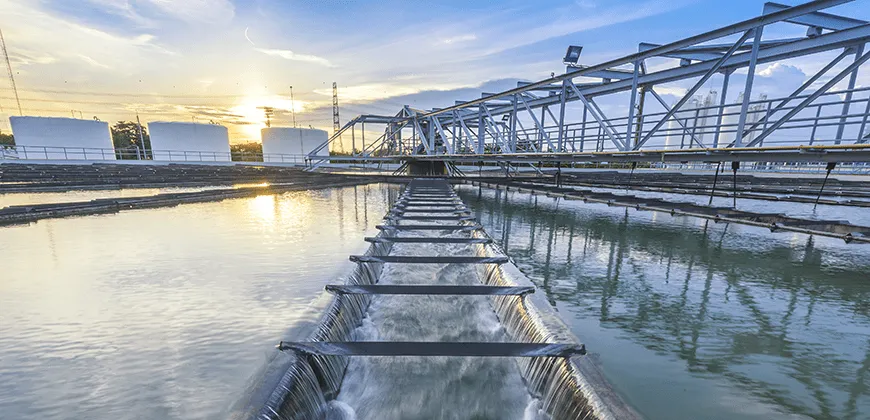Spotlight: Greg Lawrence on Integrated Water Management

Integrated Water Management By Greg Lawrence, Co-director of UBC’s Master of Engineering Leadership in Integrated Water Management One of the most significant contributions of civil engineering to society is the provision of clean drinking water and the treatment and disposal of wastewater. That’s a traditional aspect of integrated water management, which also extends to managing the impacts of water quality and quantity across multiple industries and contexts.
Traditionally, most professionals in this field have completed a degree in civil or chemical engineering. As they gain professional experience, they increase their technical expertise in one of these areas.
However, as they are promoted into positions of greater responsibility, they often find themselves overseeing projects that require technical understanding in other related fields. Our program aims to provide that broader, integrated understanding of the many technical disciplines you need to know when managing and leading large and complex projects. We help students develop this understanding through five core technical courses. These are graduate-level engineering classes that cover chemical & biological water treatment design, environmental fluid mechanics, engineering hydrology, water & wastewater management strategies, and water resources systems planning & management. Students also take two electives to pursue their specific interests. Management and leadership skills are also essential when you’re leading multidisciplinary teams. The courses offered through UBC Sauder’s Robert H. Lee Graduate School introduce students to those fundamental business concepts.
Together, the technical and business classes give our graduates that broader perspective they’ll need to successfully lead teams, manage project risk and weigh different variables to make decisions.
Starting in 2020 we plan to offer this program on a part-time basis, which would enable practising professionals to continue their employment while gaining the skills and knowledge to accelerate their careers.





